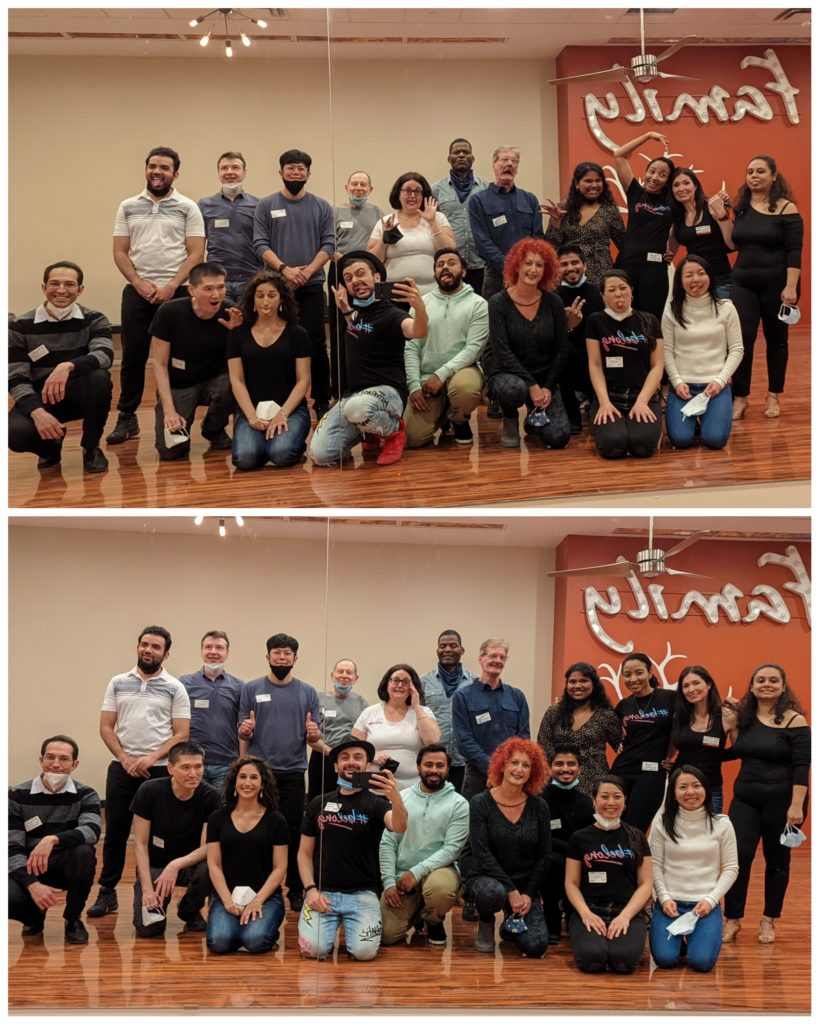Bachata Music
Bachata dance has captivated many, sparking their curiosity about the music and its rich history. Here is a brief exploration of Bachata music.
Origins and History
Bachata is from the Dominican Republic and draws its roots from Cuban Son and Bolero music infused with elements of Indigenous Taino and African music. Bachata music and dance emerged during the rule of dictator Rafael Trujillo from 1932 to 1961. Trujillo suppressed Bachata, associating it with the lower rural classes. It was labelled as “music of little worth.” Initially called “amargue” or “bitter music,” the term “Bachata” which initially meant a spontaneous party, was used to belittle the genre until the 1970s when it gained broader recognition.
Characteristics and Artists
Traditional Bachata music has five instruments – lead guitar, rhythm guitar, bass guitar, bongos and güira (a percussion instrument). There is a characteristic rise and fall to the music with syncopated rhythms provided by the rhythm guitar. The music itself is very sensual, often including themes of love, longing and desire. Traditional Bachata artists like José Manuel Calderón, Luis Segura, and Eladio Romero Santos played a crucial role in shaping the music. Modern Bachata artists like Romeo Santos, Frank Reyes, and Prince Royce have taken the genre to new heights. While some contemporary Bachata compositions incorporate elements of Mariachi, Tango, and Hip Hop, guitars remain a significant component.
Rise in Popularity
Soon after Trujillo’s assassination in 1961, Bachata music spread from the countryside to the urban centres of the Dominican Republic. Recordings quickly followed. Despite its growing popularity, Bachata music was slow to gain mainstream acceptance. Even after Trujillo’s death, Bachata music was not played regularly on most radio stations in the Dominican Republic until the 1980s because of its previous reputation as backward and uncultured. By the 1980s, Bachata music had spread to other parts of the world, as immigrants from the Dominican Republic brought Bachata music and dance with them. Today, Bachata is the second most popular type of Latin dance in the world and its music can be heard everywhere.
Click here to learn a little more about the History of Salsa.
Click here to check our current schedule.
If you have any questions you would like me to answer there are many ways you can contact me: message me on Instagram (torontodanceSalsa), on Twitter (#torontodanceSalsa), on Facebook (Toronto Dance Salsa) or email me at [email protected]


